To view photo images scroll right on laptop or down on Iphone
In Radiant Shadow (Self-Portrait in 6 Parts), Ace reflects on his coming of age during the 1980s and 1990s. It was an incredibly fertile and creative period that was marked by an unrestricted D-I-Y ethos to art-making that spawned the coalescence of the genres of visual art, music and literature. It was a time when graffiti art came inside off the street and entered the gallery space under a whirlwind of creative force by artists such as Jean Michel Basquiat, Keith Haring and Richard Hambleton. It was an unprecedented time, for it all took place during the intensity of the HIV/AIDS plague that was ravaging the artistic and marginalized communities who were also fighting overt racism and homophobia at the same time.
The title Radiant Shadow and work is a direct reference to Haring, Hambleton and Basquait; Haring’s Radiant Baby; Shadow as in Hambleton’s Shadowman and Basquiat in the aspect of crossing out and cross-hatching that is inherent in his work. In an overt and direct intervention with a photograph of Hambleton taken in the 1980s, Ace overlays his own self-portrait and furthers his intervention by loosely stitching a black shadow outline around the portrait referencing Hambleton’s site-specific crime scene chalk drawings and Shadowman paintings and Haring’s simple figure line drawings. The choice of medium is a direct reference to Ace’s textile work and beadwork practice, while the inversion of the exposed thread stitching that would normally not be seen on the reverse side of a beadwork piece is reference to what Ace is revealing in his self-portrait – an untold story of something that is not public. Ace shares an affinity with and offers a homage to these influential figures in art history through Haring’s simple figurative outlines, Basquait’s raw stylistic cross-hatching (that also references quillwork for Ace) and Hambleton’s loose painting splash technique. For Ace, this period of unfettered freedom to create and to take risks has always been a driving force in his own practice, as is Ace’s admiration for Hambleton’s unwavering commitment to his work.
Although much has been written about the art scene of the 1980s and 1990s and the life and practices of Basquiat and Haring, less is known about Hambleton. Yet in the 1980s, Hambleton was an equal in fame and popularity with Haring and Basquiat, but in the midst of his rise to fame, he dropped out and pulled away from the commercial art market by choice. It was said that Hambleton was always highly suspect of the gallery system and even more suspect of the people who ran it.
Although Basquiat and Haring both passed on very early in their careers their passing only further escalated their prices and popularity. Hambleton, on the other hand, continued to live and paint in relative obscurity until his passing in 2017 (with a short-lived resurgence of interest in 2009/2011). For Hambleton, his unwavering commitment to making art continued through intense and tragic personal hardships and on-going battles with addiction and homelessness, but his life was marked by a truly honourable and driven commitment to his art. One can say that for Hambleton, it was always just about the work – and nothing more.
German ARD1 TV Raw Footage of Richard Hambleton at Civilian Warfare Gallery New York City 1983 (here)
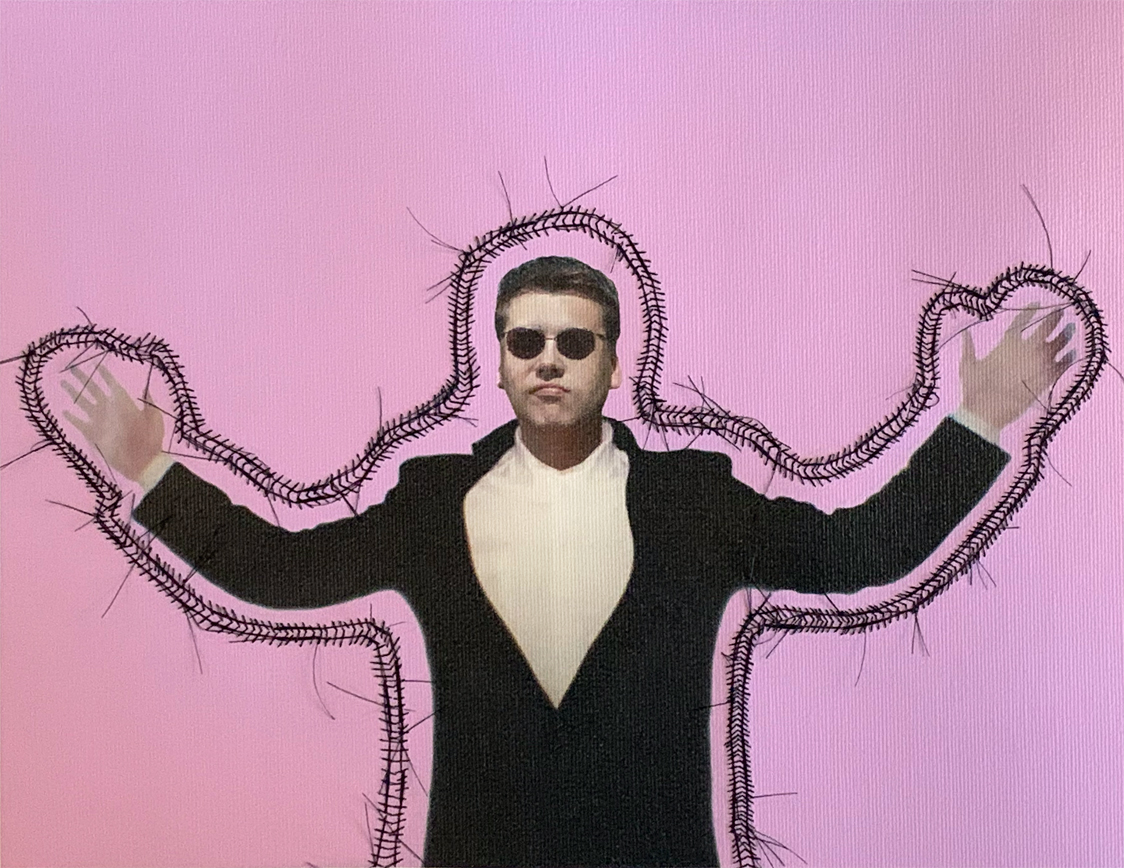 Radiant Shadow #3 (Self-portrait in 6 parts) (2020) Digital output on Epson Archival Canvas and nylon thread. 28 x 22 cm (unframed). Private Collection (Ottawa).
Radiant Shadow #3 (Self-portrait in 6 parts) (2020) Digital output on Epson Archival Canvas and nylon thread. 28 x 22 cm (unframed). Private Collection (Ottawa). 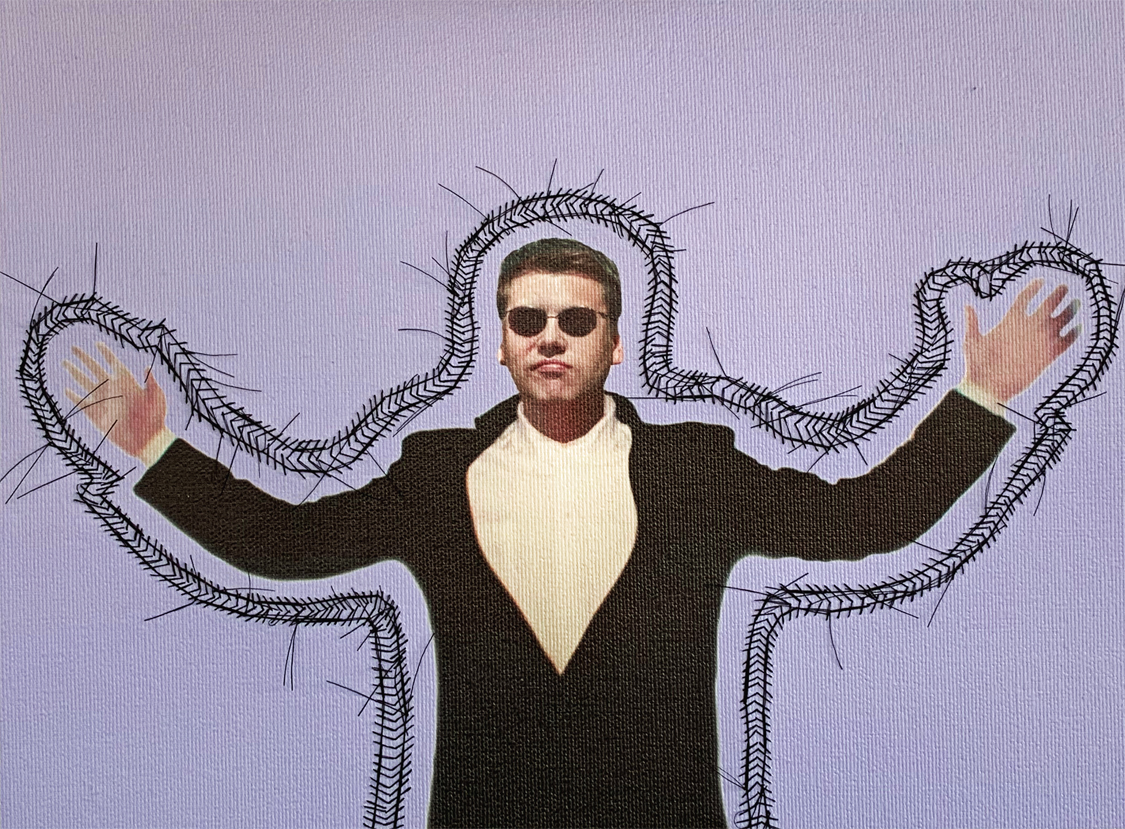 Radiant Shadow #6 (Self-portrait in 6 parts) (2020) Digital output on Epson Archival Canvas and nylon thread. 28 x 22 cm (unframed). Private Collection (Ottawa).
Radiant Shadow #6 (Self-portrait in 6 parts) (2020) Digital output on Epson Archival Canvas and nylon thread. 28 x 22 cm (unframed). Private Collection (Ottawa). 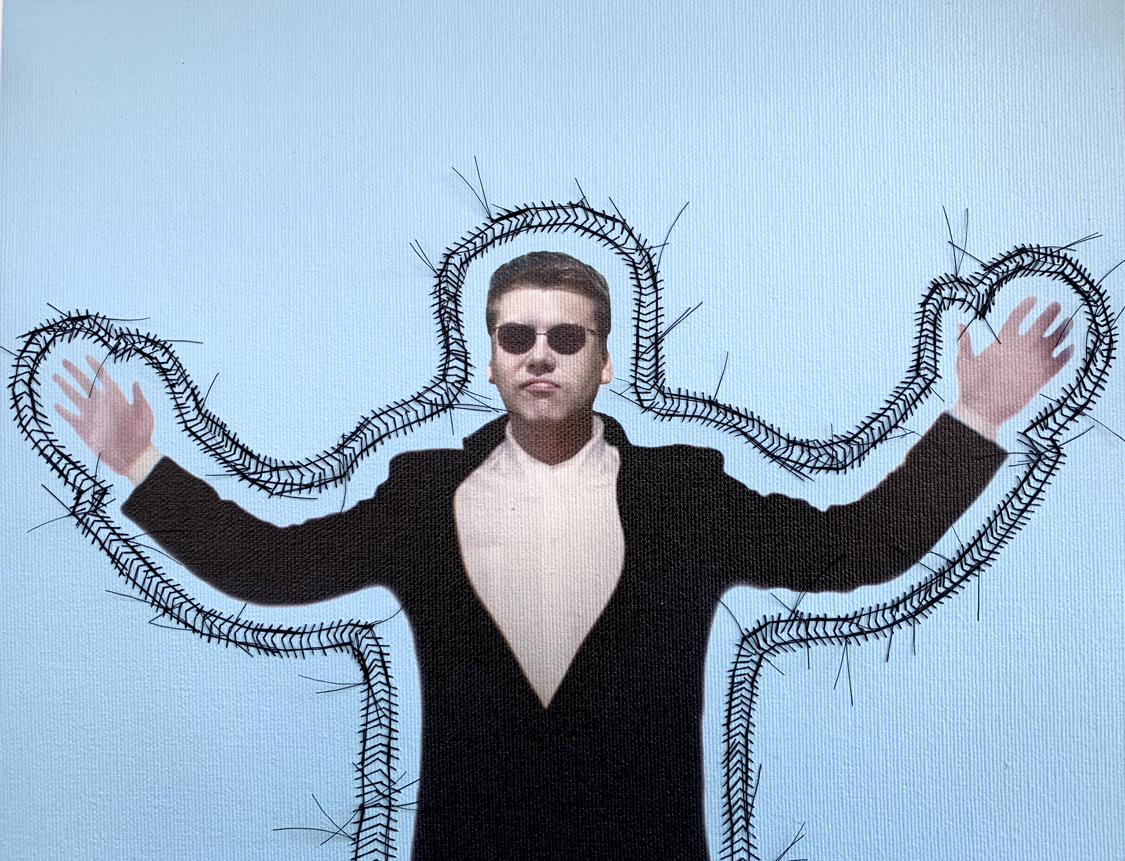 Radiant Shadow #4 (Self-portrait in 6 parts) (2020) Digital output on Epson Archival Canvas and nylon thread. 28 x 22 cm (unframed). Private Collection (Ottawa).
Radiant Shadow #4 (Self-portrait in 6 parts) (2020) Digital output on Epson Archival Canvas and nylon thread. 28 x 22 cm (unframed). Private Collection (Ottawa). 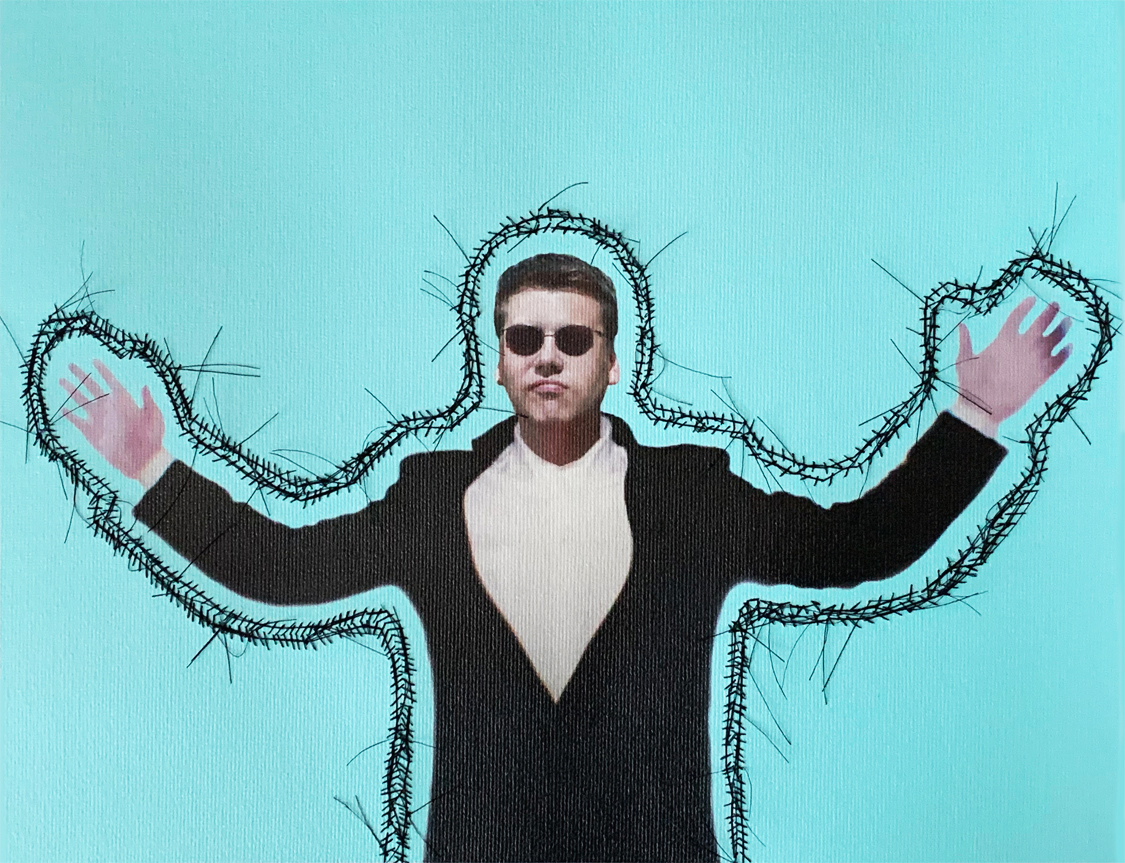 Radiant Shadow #2 (Self-portrait in 6 parts) (2020) Digital output on Epson Archival Canvas and nylon thread. 28 x 22 cm (unframed). Private Collection (Ottawa).
Radiant Shadow #2 (Self-portrait in 6 parts) (2020) Digital output on Epson Archival Canvas and nylon thread. 28 x 22 cm (unframed). Private Collection (Ottawa). 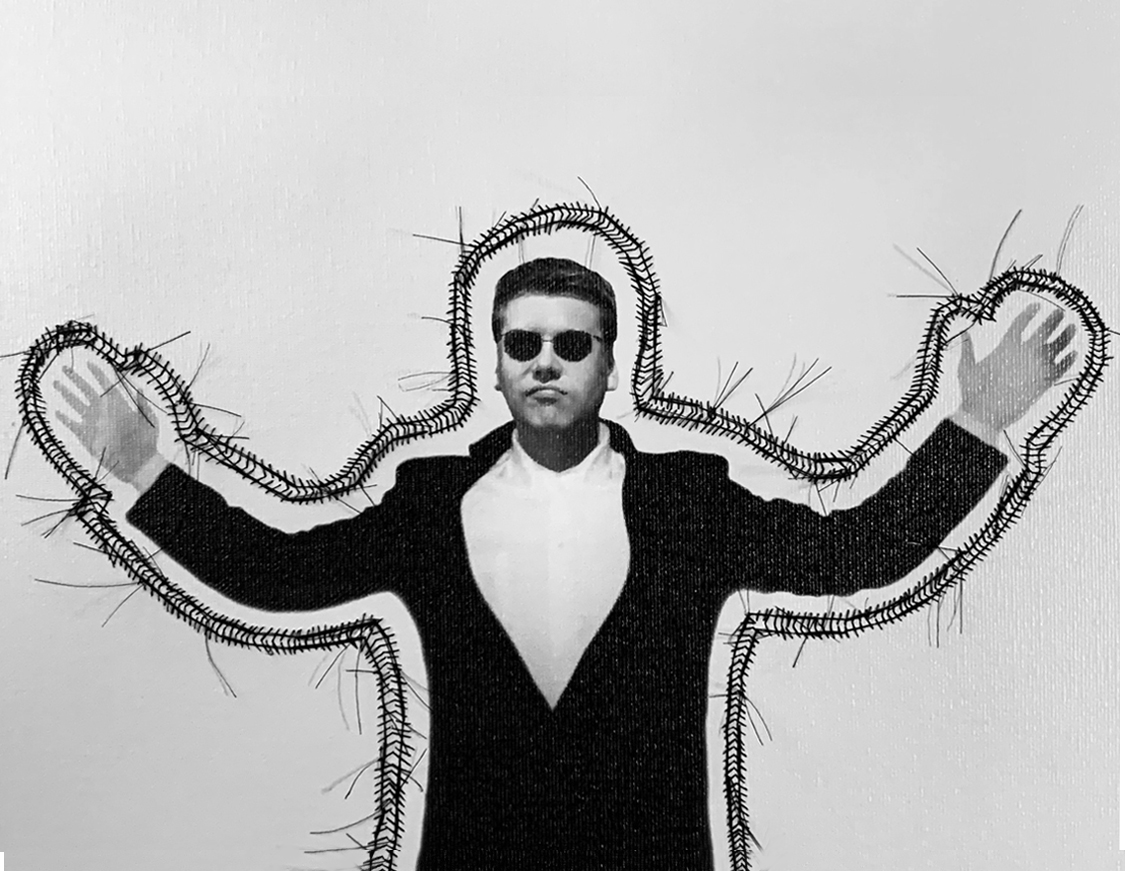 Radiant Shadow #1 (Self-portrait in 6 parts) (2020) Digital output on Epson Archival Canvas and nylon thread. 28 x 22 cm (unframed). Private Collection (Ottawa).
Radiant Shadow #1 (Self-portrait in 6 parts) (2020) Digital output on Epson Archival Canvas and nylon thread. 28 x 22 cm (unframed). Private Collection (Ottawa). 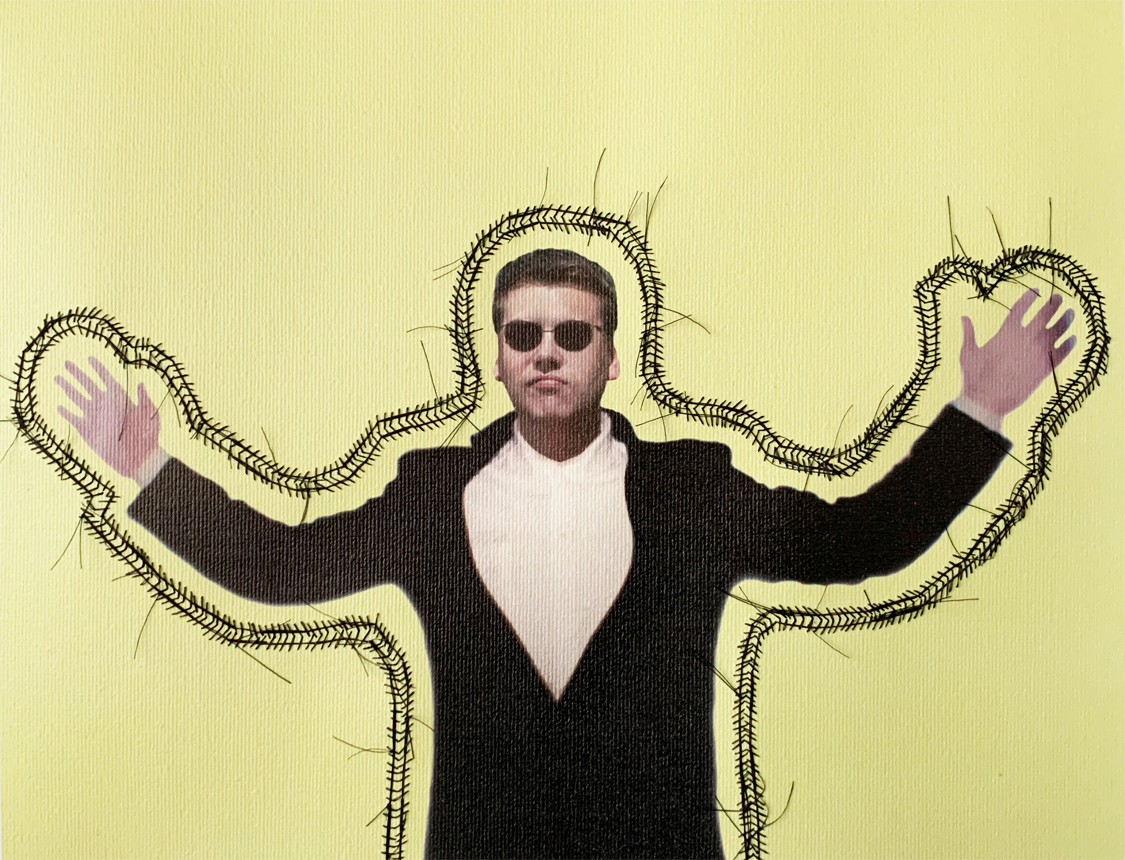 Radiant Shadow #5 (Self-portrait in 6 parts) (2020) Digital output on Epson Archival Canvas and nylon thread. 28 x 22 cm (unframed). Private Collection (Ottawa).
Radiant Shadow #5 (Self-portrait in 6 parts) (2020) Digital output on Epson Archival Canvas and nylon thread. 28 x 22 cm (unframed). Private Collection (Ottawa). 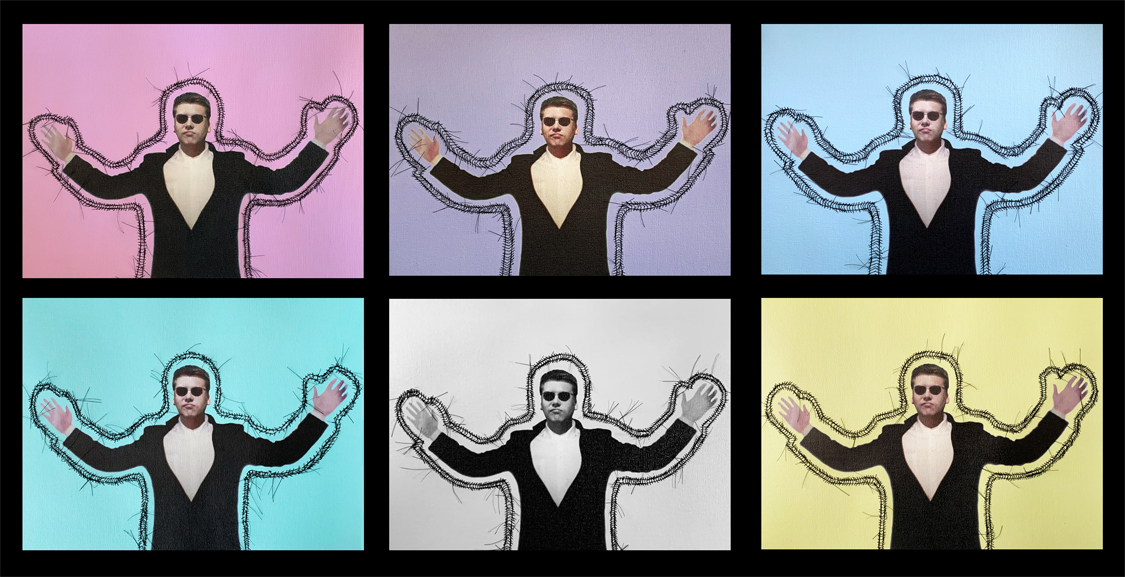 Radiant Shadow (Self-portrait in 6 parts) (2020) Digital output on Epson Archival Canvas and nylon thread. 84 x 44 cm (unframed). Private Collection (Ottawa).
Radiant Shadow (Self-portrait in 6 parts) (2020) Digital output on Epson Archival Canvas and nylon thread. 84 x 44 cm (unframed). Private Collection (Ottawa).